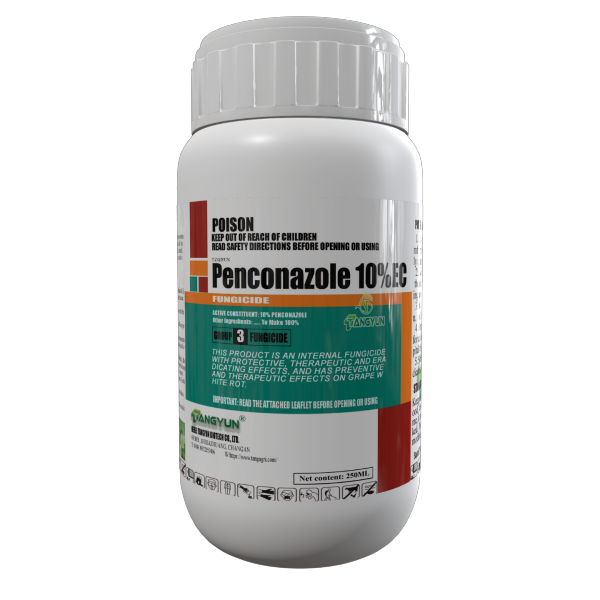Benomyl
Tech Grade: 95%TC
|
Specification |
Targeted Crops |
Dosage |
Packing |
|
Benomyl 50%WP |
Asparagus stem blight |
1kg with 1500L water |
1kg/bag |
|
Benomyl 15%+ Thiram 15%+ Mancozeb 20%WP |
ring spot on apple tree |
1kg with 500L water |
1kg/bag |
|
Benomyl 15%+ Diethofencarb 25%WP |
Gray leaf spot on tomatoes |
450-750ml/ha |
1kg/bag |
Technical requirements for use:
1. In the transplanted field, 20-30 days after transplanting, the weeds are sprayed at the 3-5 leaf stage. When using, the dosage per hectare is mixed with 300-450 kg of water, and the stems and leaves are sprayed. Before application, the field water should be drained so that all the weeds are exposed to the water surface, and then sprayed on the stems and leaves of the weeds, and then irrigated into the field 1-2 days after the application to restore normal management.
2. The best temperature for this product is 15-27 degrees, and the best humidity is greater than 65%. There should be no rain within 8 hours after application.
3. The maximum number of uses per crop cycle is 1 time.
Precautions:
1: Benomyl can be mixed with a variety of pesticides, but cannot be mixed with strong alkaline agents and copper-containing preparations.
2: To avoid resistance, it should be used alternately with other agents. However, it is not suitable to use carbendazim, thiophanate-methyl and other agents that have cross-resistance with benomyl as a replacement agent.
3: Pure benomyl is a colorless crystalline solid; dissociates in some solvents to form carbendazim and butyl isocyanate; dissolves in water and is stable at various pH values. Light stable. Decomposes in contact with water and in moist soil.











